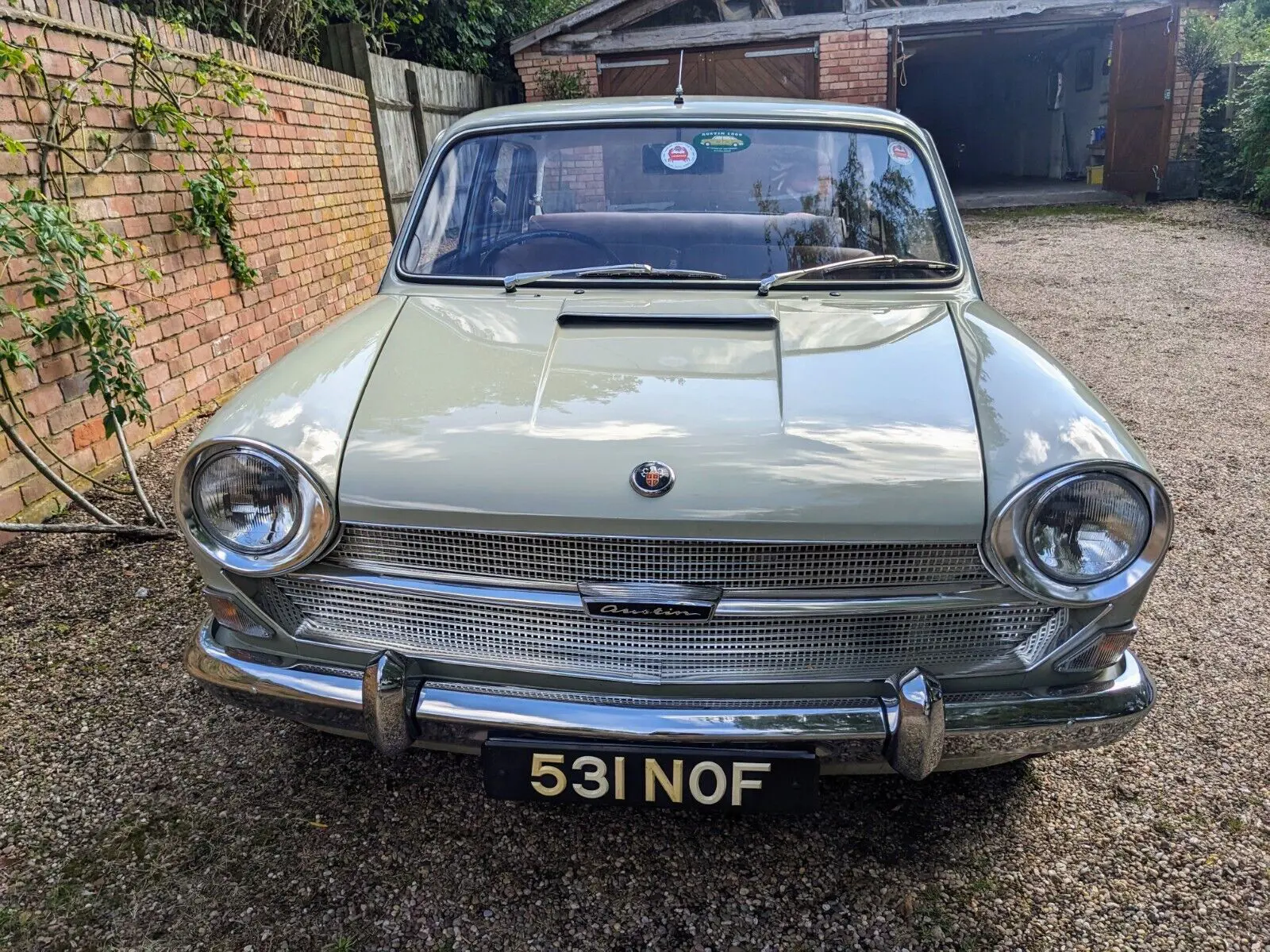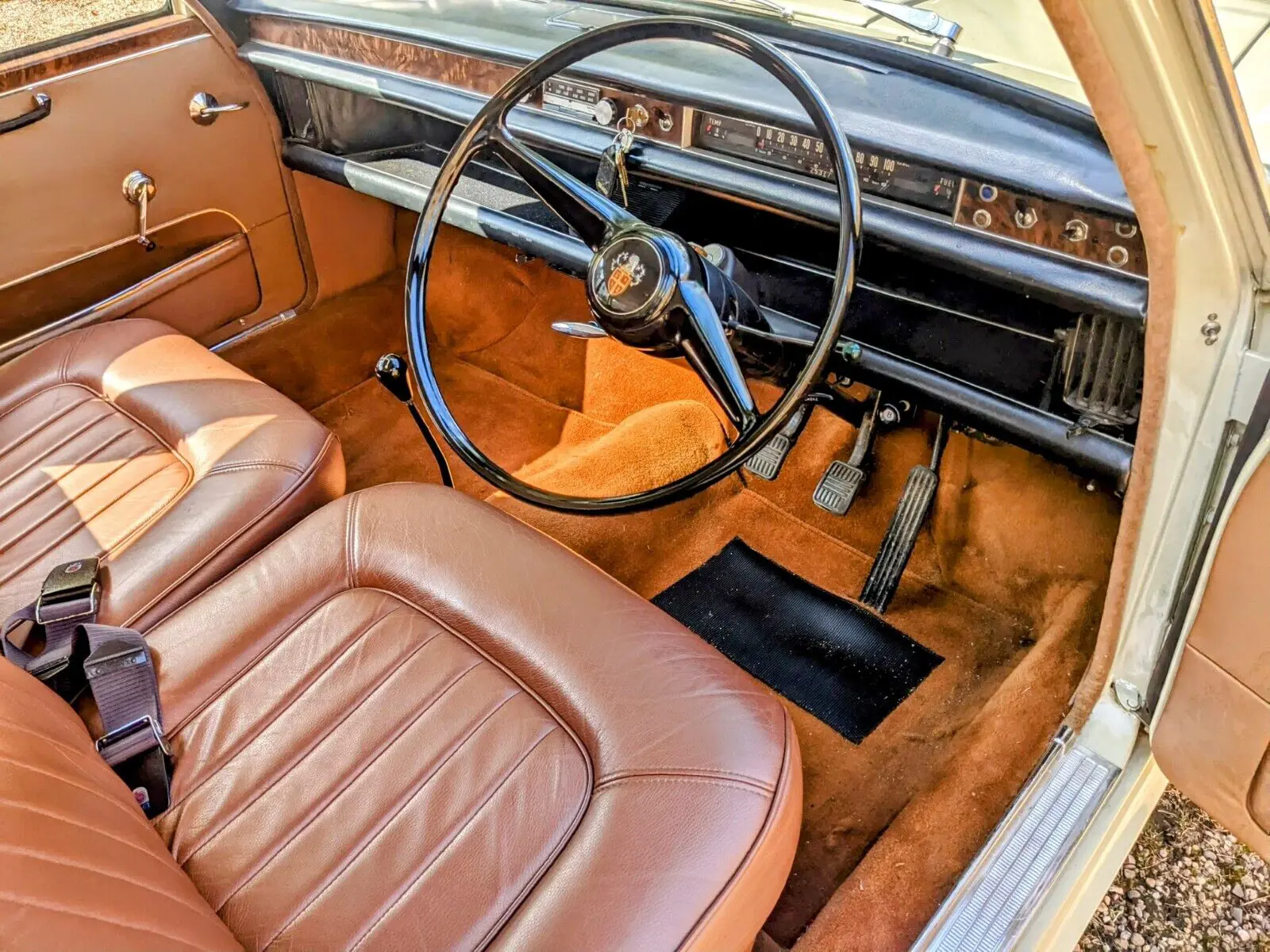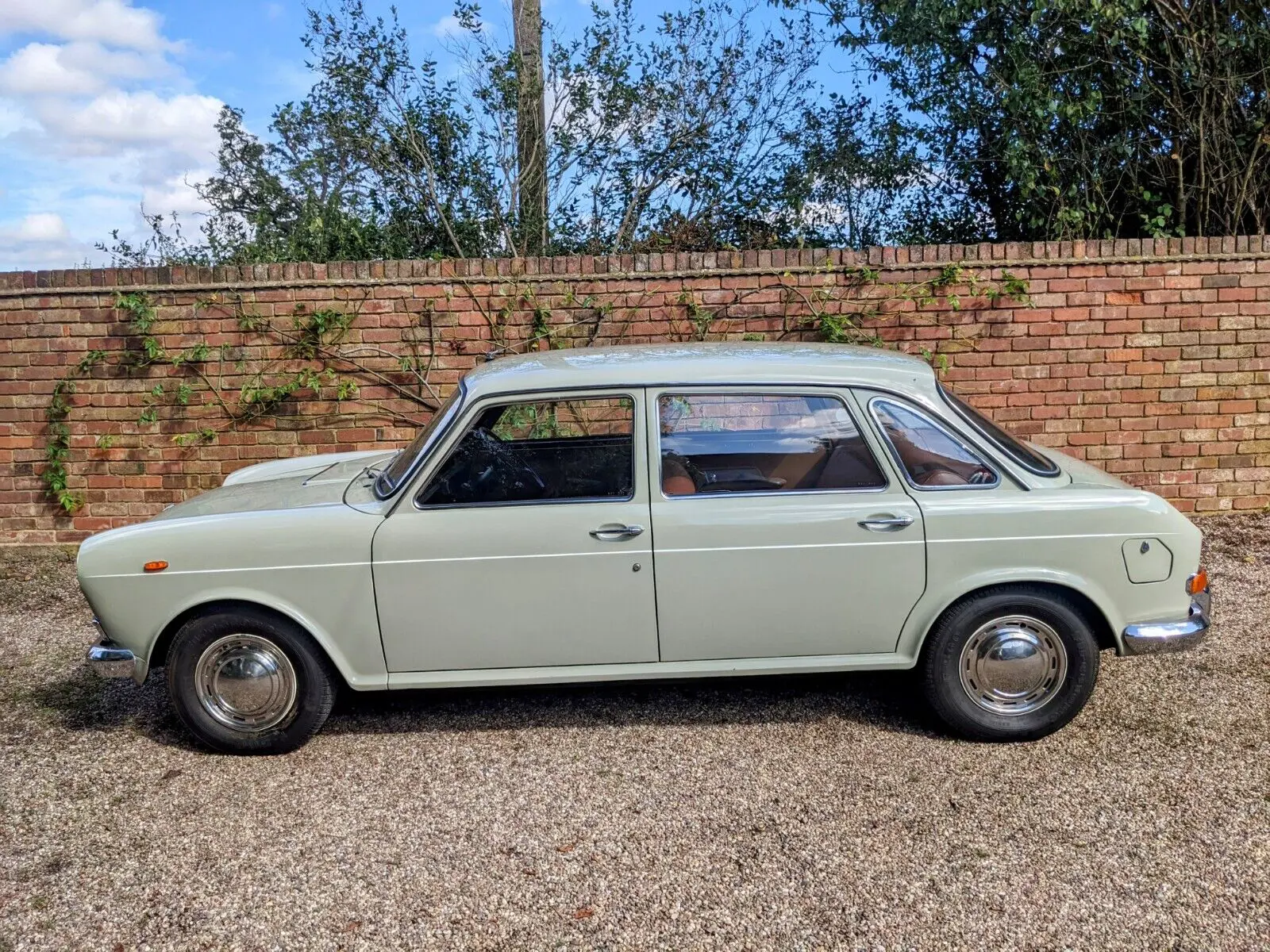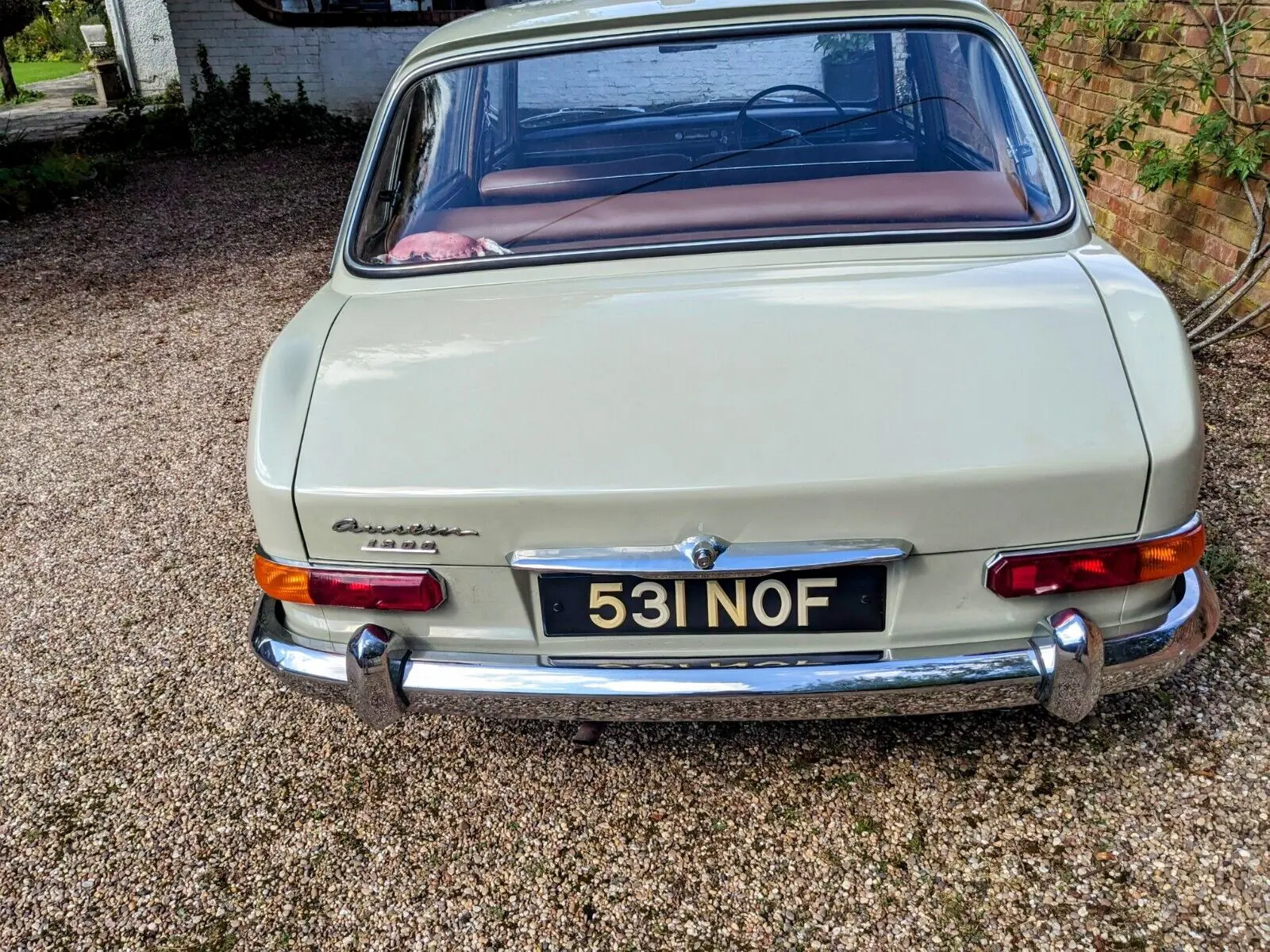THE WORLD’S OLDEST LANDCRAB?– A 1963 PRE-PRODUCTION AUSTIN 1800
02 October 2023
It is always a pleasure to follow the progress of a car you wrote about previously. Many years ago, I compared a pre-production Austin 1800 ‘Landcrab’ with a Slough-built Citroën ID19 for Classic Cars magazine and described it as “a scaled-up BMC 1100 and is just as enjoyable to drive”. And now 531 NOF is in search of a new custodian.
Project ADO17 debuted on the 13th October 1964 as the British Motor Corporation’s third front-wheel-drive car after the Mini and the ADO15 1100. There was the standard version for business fleet buyers, county constabularies and taxi companies at £768 17s 1d. The De Luxe was the Austin for the branch manager, and at £808 14s 7d, it rivalled the Ford Corsair, Singer Vogue Series III and Vauxhall Victor FC, all quasi-American in appearance and ultra-conventional in their engineering.

By contrast, the Austin 1800 was front-wheel-drive, transverse engine, boasted Hydrolastic suspension, was shorter than a Cortina yet offered more cabin space than a Zodiac Mk. III. Autocar thought, “In its price class, it offers road holding, comfort and handling qualities which will be hard to match. BMC have here a model with outstanding appeal”. Motor described the latest Austin as possessing the space of a 3-litre car, the performance of a 2-litre car and the running costs of a 1.5-litre vehicle. The Telegraph’s motoring correspondent seemed equally impressed when he reported:
I drove the new car hundreds of miles in the Scottish highlands, and found that even over the most winding and undulating routes, it was not hard work to put 40 miles into the hour. On moorland tracks that would practically stop many modern cars, stony surfaces could be covered comfortably in the higher twenties.

In January 1965, the Weekend Telegraph entered the ADO17 in the Monte Carlo Rally, cooperating with BMC. They further informed their readers:
The Austin 1800 is so roomy and comfortable, that the Weekend Telegraph team will not need the traditional rally paraphernalia of duffle coats, long pants, gauntlets, scarves and flying boots, but will travel unspectacularly in lounge suits like gentlemen going to the Riveria for fun in the casinos.

Aside from the rally crew’s choice in tailoring, the 1800 became Car of The Year 1965. It was only the second vehicle to achieve this accolade; the Rover 2000 was the first. Meanwhile, the launch advertisements promised, “It’s the great BMC idea sized up!”. But the Landcrab, faced several challenges. There were technical issues, ranging from suspension pipe maladies to engine problems. Dealers faced the problem that in terms of BMC’s line-up, the 1800 occupied a position between the Austin A60 Cambridge and the A110 Westminster – yet resembled neither.
In addition, middle managers circa 1965 tended to associate chrome decorations with status, while the 1800, as befitting an Alec Issigonis design, was decidedly minimalist. As the 1960s progressed, some motoring titles noted the Landcrab was a remarkable concept needing further work from the British Motor Corporation. Motor Sport believed, “Given similar development to the Mini, the Austin 1800 will emerge as one of Britain’s truly great family cars”. By 1967 Car was more blunt – “How long BMC can allow the 1800’s shortcomings to prevent it from realising a truly tremendous potential is something for them to decide”.

Sales of the Landcrab ended in 1975 with the debut of the replacement 18-22 ‘Wedge’. As for 531 NOF, BMC’s Car Assembly Planning Department probably built it in 1963. It was first registered in June 1964 to Arthur White, the head of one of Longbridge’s Experimental Departments at Longbridge. He used this Landcrab as a rolling test bed for ADO17 developments and the Austin 3 litre.
It is easy to see why the Landcrab was reputedly the favourite design of Issigonis, when looking at 531 NOF, The Austin 1800 is one of the boldest family saloons of its generation and, to quote my Classic Cars article, it seemed primed to provide transport for a “a new Britain of motorways, concrete shopping precincts and motels with strangely orange decors”. The Landcrab really was the nearest the British motor industry ever came to creating an alternative to the Citroën DS.
Or, as Alec Issigonis stated in 1965, “You can be as critical as you like, but that car is way out ahead of them”.
With Thanks To: Bill Postins
